View from the Hill 14th September 2015
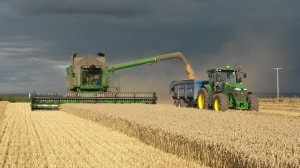 Well after a long rain break we eventually reaped the last of the 2015 harvest at around 5.30 on the afternoon of Friday 4th September, a huge relief, after endless days watching the rain sweep through again and again, making progress impossible. The crops need to be dry before the combine can process them, barley for example can stand very little rain before the straw wraps around all the moving parts on the header, and runs the risk of burning out drive belts and breaking shafts if you don’t stop pretty smartish.
Well after a long rain break we eventually reaped the last of the 2015 harvest at around 5.30 on the afternoon of Friday 4th September, a huge relief, after endless days watching the rain sweep through again and again, making progress impossible. The crops need to be dry before the combine can process them, barley for example can stand very little rain before the straw wraps around all the moving parts on the header, and runs the risk of burning out drive belts and breaking shafts if you don’t stop pretty smartish.
The last three days were a frantic rush trying to get finished by the weekend so various members of the team could enjoy the Dorchester Show, where we could look smug when many fellow farmers were still toiling away in the fields, and the Steam Fair. On Thursday we cut around 350 tonnes of wheat, close to 35 tonnes per hour coming through the combine, and making the grainstore department groan, we cut until 1am as it was a good dry evening and dew didn’t arrive till quite late.
We have had a mostly trouble free harvest mechanically; a couple of days were lost early on with the straw chopper belt burning out due to a misaligned pulley, and a spare not being available in Dorset, and a rather serious breakage in the sieve area inside the rear of the combine which took a lot of sweat and grunting to remove and replace. We have also been blessed with better than average yields in all crops, which is very fortunate when we consider that grain prices are down by £20 per tonne compared to 12 months ago, and £40 or £50 compared to 18 months ago. Now if we try to look at that in a positive light, our friends the dairy farmers, who are looking down the barrel of a loaded gun in terms of milk prices, will at least get some small comfort from cheaper feed for their animals. I wonder how many readers have noticed food prices getting cheaper recently? Milk surely, but it takes for ever for lower grain prices to result in cheaper bread and beer. The depressing reality is that the raw materials for such products represent a very small proportion of the costs, after numerous middlemen, processing, packaging and transport are accounted for.
The poppy harvest was completed a gnat’s whisker before the worst of the rain set in, a huge piece of luck, otherwise quality would have suffered. The contractor brought in his forage harvester and cleared nearly all in just a day and a half. The trailer drivers had their work cut out hauling back to the store, 50 loads in all. There is video of this machine in action available here and here.
During the damper periods of harvest at the end of August, we at least managed to get all of our new season oilseed rape sown, the soil at this time of year if more resilient to rain showers than the standing crops, so there is usually something to get on with even if we can’t cut corn, unless, like some days, the rain is relentless and the soil turns to mud. The rape is emerging, and at its most vulnerable right now, the little cotyledons ( first leaves) have emerged, and are very attractive to passing slugs and flea beetles in particular. Having spent a small fortune already, on hybrid seed, and a pre-emergent weedkiller, the last thing we need is for the crop to be gobbled up by greedy pests before it manages to throw out some more leaves. After a couple more weeks, a few expanding true leaves means it should be big enough to fend off more attacks, (until the pigeons move in during winter). A contentious issue that some readers may be aware of is the use of certain insecticidal seed dressings in oilseed rape. The neonicotinoid family of chemicals have been widely used in recent years, on many crops. They are highly effective at preventing early season attack by flea beetle in rape in particular, which can be devastating.
The pale patches and holes show where the flea beetle has already had a nibble
The seed dressing approach means that less spraying has to be done, with its requisite risk of collateral damage to other species, not just the flea beetle. Unfortunately, a couple of years ago, some bright spark somewhere suggested that the neonicotinoids might damage bees, so the European parliament in its wisdom arbitrarily banned them, pending proof that they don’t harm bees. Many will understand that it is very hard to prove a negative, and as yet no trace of neonic has been found in beehives, honey or bees, yet the chemicals remain banned on the precautionary principle. If we applied this to other walks of life, presumably we would ban cars, because they might kill people, however in the past we have been wise enough to recognize the difference between hazard and risk. The car is a hazard, and we understand the risks involved in using it, but consider the risk worth running with because of the benefits we gain from cars.
It has always bewildered me how the tiny amount of this chemical applied to the seed can be so potent as to still be present in such quantities in the 2 foot tall growing plant 7 months later when it is flowering, to be able to harm bees. Stranger things I know have happened in the past, and if it can be proved that neonics harm bees, then I will be first in line calling for a ban, but until then we need to wise up and use all the tools in our kit to grow crops as safely and efficiently as possible. Rant over, please feel free to comment at the bottom of this page!
In the last few weeks we have imported a large amount of chicken muck, lime and fertiliser for our autumn sown crops, and had it spread by contractors, this then needs prompt incorporation in the soil, to cut down the smell, and loss of nutrient by oxidation in the air, so Gary continues to be busy with various cultivation rigs.
The catchy weather has been a bit of a nightmare for our straw customers, if there hasn’t been time for the baler to be in the field at the same time as the combine, then all too often the rain has beaten them to it, and the straw gets soaked. Lying in rows it takes much longer to dry out than when the crop is still standing, so the tedders and rakes have to be brought in to spread the straw, then row it up again when dry, for baling. The wet and dry process in some cases has happened several times in the same fields, very frustrating for the person who has bought the straw, but also for us, when we want to get on with cultivations and preparation for next the crop.
Last week we mowed off some our headland margins, where the flowering is largely over, we do this on a rotational basis, roughly once in every three years. Removal of the plant material gradually depletes the fertility of the ground, and this in turn encourages better flowers next year, because as fertility decreases, the grasses, which dominate in more fertile situations, reduce in vigour and compete less with the flowering plants. A useful by product of this is some high roughage, low calorie silage for the cows, which keeps them busy in the winter, but does not make them fat.

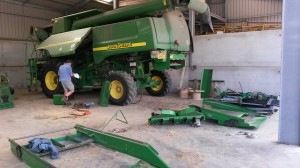
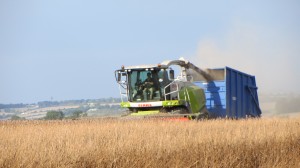
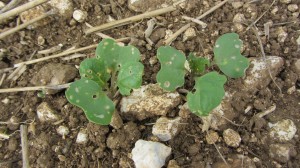
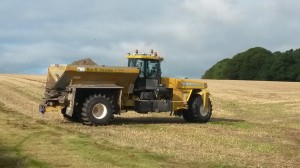
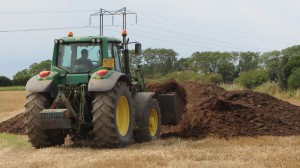
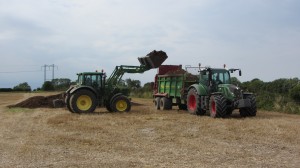
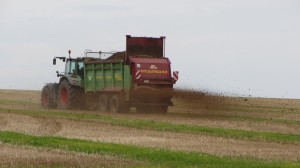
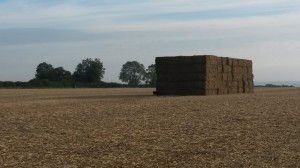
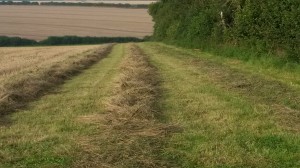
Re: Bees and agrochemicals. Industries are judged on past performance be they financial or agricultural. Many chemicals now rightly banned: organo- phosphates, organo-chlorines etc were highlighted as dangerous by Rachel Carson and she was lambasted for doing so. I believe it was the irresponsible behaviour of the animal food industry that exasurbated if not caused the BSE crisis. What enabled the rapid spread of foot and mouth; over caution and scrupulous adherence to regulations? You may well be correct about the lack of causal evidence between falling bee numbers and neonicitinoids but like many industries the agro chemical producers do not have a good track record on whistle blowing on their own products. My sympathies are with you but without pollinators we die; would you press the button?